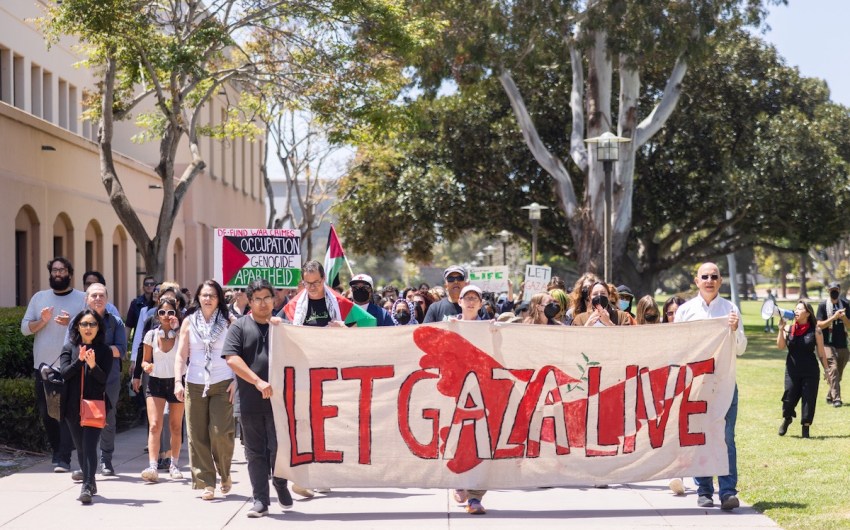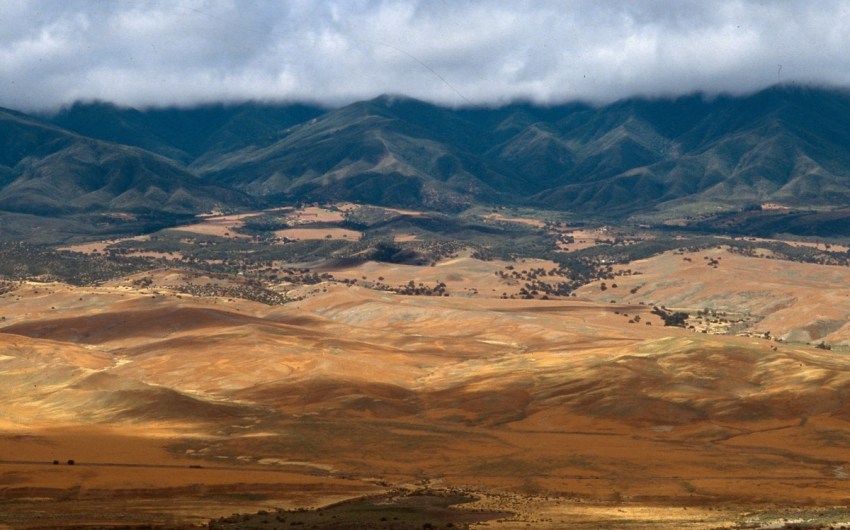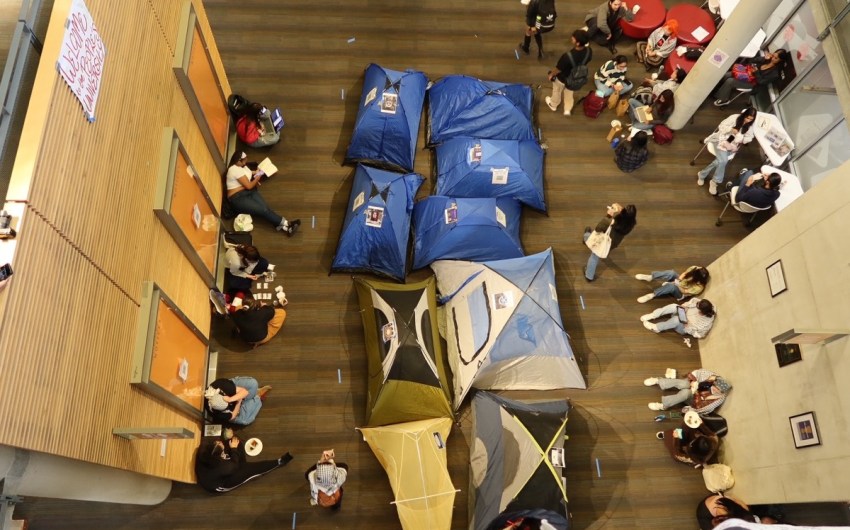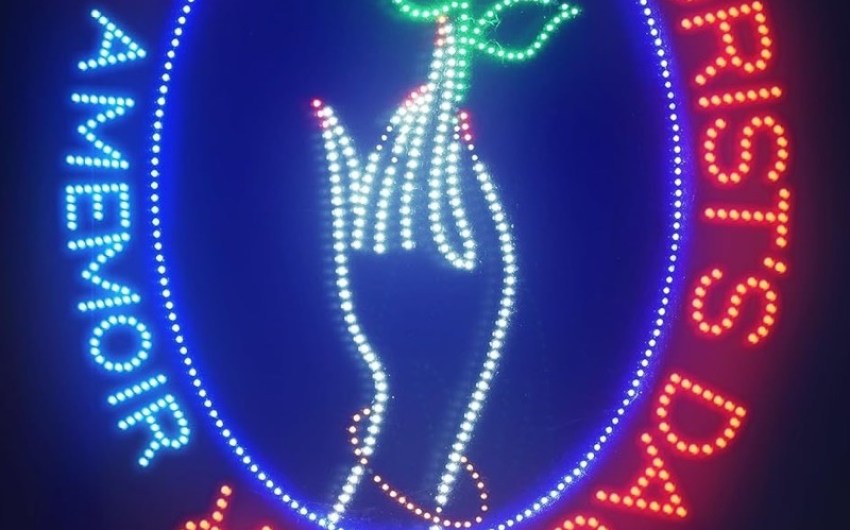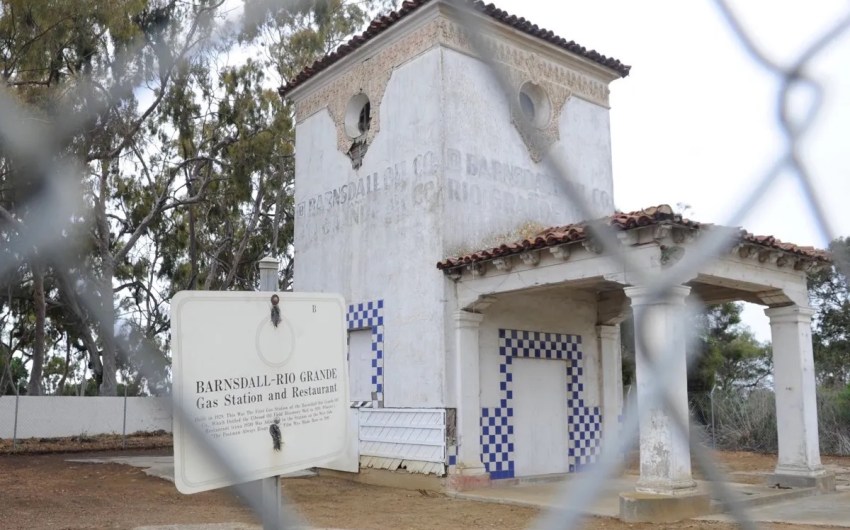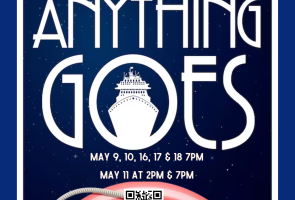Scaling Back Santa Barbara’s Cruise Ship Program
Harbor Commission Moves Forward with Recommendations, Including Limit of 20 Ships Per Year

Santa Barbara has a love-hate relationship with cruise ships. Indigenous advocates, environmentalists, and all types of everyday beachgoers hate the way they sit like skyscrapers a mile off the coast, leaving behind poison in the air and water. But the massive ships also bring bucks to the city, directly from the cruise ship companies through passenger fees and through the passengers themselves who spend millions of dollars in local shops and restaurants.
Cruise ships have been stopping off the Santa Barbara coast since 2002, though in the early years there would be only a handful of stops each season. After 2013, the city saw a jump in calls, with five straight years with more than 20 ship visits. The pandemic forced a two-year pause in the program, but when the cruise ships returned in 2022, there was a record number of 30 calls, a fact that did not go unnoticed by cruise ship critics, who begged the city to put a limit on the number of annual visits.
In response, the city created a Cruise Ship Workgroup to regulate the cruise ships without losing more than $400,000 per year in direct revenue. On February 15, the city Harbor Commission approved dozens of recommendations, including one which would limit the number of calls to no more than 20 each year.
The city had received hundreds of pages of written public comment, and more than two dozen community members spoke at the commission meeting with passionate opinions for each side of the issue.
Environmentalists complained that the ship’s anchors were causing immeasurable damage to the reefs underwater; that greenhouse-gas emissions from one ship were equivalent to several thousand car trips; and that cruise ships were allowed to dump up to 30,000 gallons of sewage into the ocean as long as it was 12 miles away (a distance these critics say is nowhere near far enough to ensure the pollution won’t reach Santa Barbara’s shores).
Restaurateurs and shop owners worried that less visits would hurt their bottom line; Visit Santa Barbara and the South Coast Chamber of Commerce spoke about the economic importance of the tourism industry.
Chumash elder Ernestine Ygnacio-De Soto wanted the marine life to have a voice at the hearing: “All I’ve heard is nothing but money, profit, and business,” she said. “I’ve been here 83 years, and my ancestors have been here 15,000 years — I’ve never seen this town look so horrible. So I think we better start listening to all the creatures in the oceans, cause they’re fed up.”
Representatives from Santa Barbara Channel Keeper, the Environmental Defense Center, Sierra Club, and the Santa Barbara County Action Network worked together to propose a few additional recommendations, including a hard cap of 18 visits per year, that cruise ships be equipped with advanced water treatment systems, that they and operate at a lower speed limit, and that cruise line companies with excellent environmental records get priority.
Although 2022 was a record year for cruise ships, Waterfront Director and Harbormaster Mike Wiltshire said that only 22 ships visited in 2023 and only 15 were scheduled for 2024 and 2025. Three had visited in January, but none are scheduled until March 13.
Revenues weren’t measured by number of ships but by how many passengers they carry. Some carry as few as 250, while some carry up to 3,500.
The commission eventually settled on a recommendation consistent with the work group’s report. In a 6-1 vote, the commission voted to recommend to the city council a target of 18 visits per year with a hard cap at 20.
The commission also approved a few other items, including tasking the Cruise Ship Workgroup to prepare a one-year review of the cruise ship program. All approved recommendations can be seen in full here.
Premier Events
Tue, May 07
7:00 PM
Santa Barbara
Theatre Eclectic Presents “The Great Gatsby” – Wake Auditorium
Wed, May 08
7:30 PM
Goleta
Susan Magsamen and Ivy Ross
Thu, May 09
11:00 AM
Santa Barbara
Friendship Center’s Mother’s Day Celebration
Thu, May 09
7:00 PM
Goleta
Dos Pueblos High School Presents: “Anything Goes”
Thu, May 09
7:00 PM
SANTA BARBARA
San Marcos High School Theater Presents, “Singin’ in the Rain”
Fri, May 10
10:00 AM
Santa Barbara
Covenant Living at the Samarkand Spring Art Show
Fri, May 10
12:00 PM
Santa Barbara
Mother’s Day Weekend at Art & Soul
Fri, May 10
6:00 PM
Santa Barbara
Crepe Paper Flowers Workshop
Fri, May 10
7:00 PM
SANTA BARBARA
San Marcos High School Theater Presents, “Singin’ in the Rain”
Fri, May 10
7:30 PM
Santa Barbara
Nic & Joe Play Roy
Tue, May 07 7:00 PM
Santa Barbara
Theatre Eclectic Presents “The Great Gatsby” – Wake Auditorium
Wed, May 08 7:30 PM
Goleta
Susan Magsamen and Ivy Ross
Thu, May 09 11:00 AM
Santa Barbara
Friendship Center’s Mother’s Day Celebration
Thu, May 09 7:00 PM
Goleta
Dos Pueblos High School Presents: “Anything Goes”
Thu, May 09 7:00 PM
SANTA BARBARA
San Marcos High School Theater Presents, “Singin’ in the Rain”
Fri, May 10 10:00 AM
Santa Barbara
Covenant Living at the Samarkand Spring Art Show
Fri, May 10 12:00 PM
Santa Barbara
Mother’s Day Weekend at Art & Soul
Fri, May 10 6:00 PM
Santa Barbara
Crepe Paper Flowers Workshop
Fri, May 10 7:00 PM
SANTA BARBARA
San Marcos High School Theater Presents, “Singin’ in the Rain”
Fri, May 10 7:30 PM
Santa Barbara



